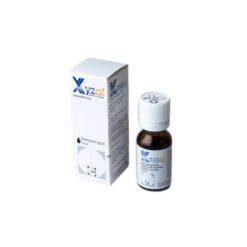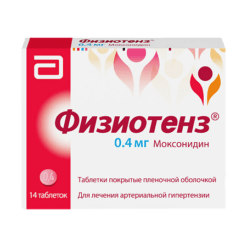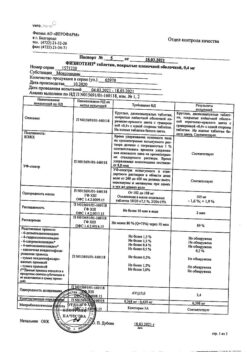-
×


-
×


-
×


-
×


-
×


-
×


-
×


-
×


-
×


Subtotal: €303.99
















